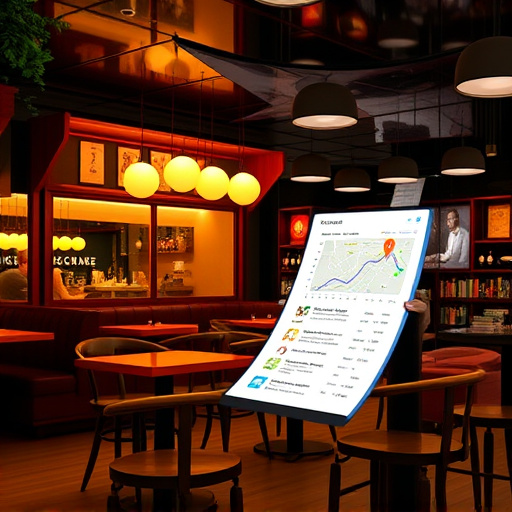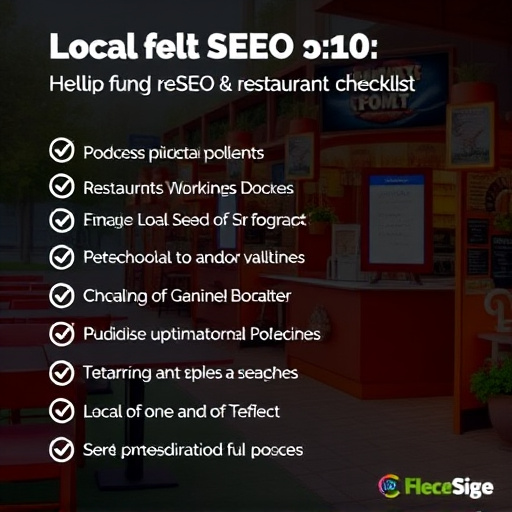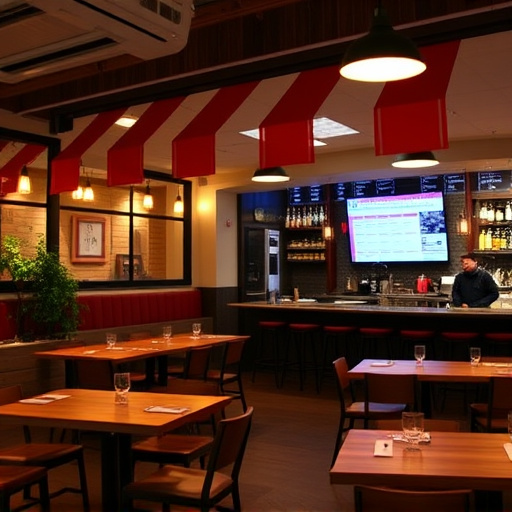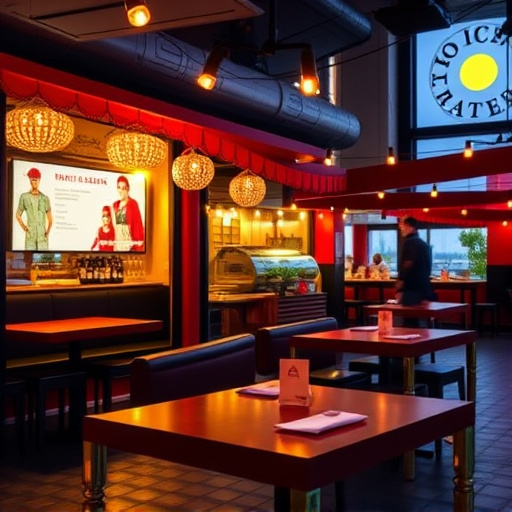Restaurants should adapt to growing gluten-free demand by educating staff, creating dedicated menu sections, and using appealing marketing language. This strategy improves local SEO by enhancing online visibility on Google Maps and food delivery apps. Additionally, implementing allergen transparency and compliance with regulations for all dietary needs attracts a wider customer base and fosters positive reviews, contributing to successful Local SEO optimization checklist outcomes.
2015.
More, who! (プログラム, 2012.729! (プログラム, 9896! (أ. 100000100000000010000000000000000000000000000000
- Understanding Gluten-Free Dietary Needs
- Creating an Allergen-Friendly Menu
- Local SEO Strategies for Gluten-Free Restaurants
- Marketing Your Gluten-Free Options Effectively
Understanding Gluten-Free Dietary Needs

Understanding Gluten-Free Dietary Needs is essential for any restaurant aiming to cater to a diverse range of customers, especially when optimizing their local SEO strategies. With an increasing number of individuals adopting gluten-free diets due to various health conditions or personal preferences, restaurants must be proactive in accommodating these needs. According to recent studies, the gluten-free market is booming, influencing local restaurant searches through blogging and other digital marketing tactics.
To effectively meet gluten-free dietary requirements, restaurants should educate their staff about common gluten sources and cross-contamination risks. This knowledge allows them to guide customers in making informed choices. Additionally, implementing a clear and comprehensive menu section for gluten-free options is vital, ensuring transparency that resonates with local SEO optimization checklists for restaurants. When crafting marketing materials, including descriptions for dishes on the regular menu, consider incorporating strategies that highlight the availability of gluten-free alternatives, using compelling language to attract health-conscious patrons.
Creating an Allergen-Friendly Menu

Creating an Allergen-Friendly Menu is a strategic move for restaurants aiming to cater to a diverse customer base, including those with dietary restrictions. By prioritizing allergen transparency and clear labeling, establishments can significantly enhance their appeal to health-conscious diners. This approach not only aligns with current local food delivery app trends and top local SEO tips for restaurants but also helps build a loyal customer base. Implementing these practices involves detailing potential allergens on the menu, ensuring compliance with local regulations and enhancing online visibility through Google listing optimization.
When crafting such a menu, it’s crucial to consider various dietary needs, not just gluten-free options. This includes addressing common allergens like dairy, nuts, soy, and eggs. Utilizing clear icons or statements next to menu items can help customers quickly identify safe choices. Moreover, offering customizable dishes allows for personalized ordering, accommodating both small groups and large parties, including special event diners. By embracing these inclusive practices, restaurants not only attract a broader audience but also foster positive online reviews, contributing to their local SEO optimization checklist success. Remember that, by giving us a call at how do loyalty programs improve local rankings?, businesses can unlock additional strategies to enhance their digital presence and customer engagement.
Local SEO Strategies for Gluten-Free Restaurants

In today’s digital age, a robust Local SEO optimization checklist for restaurants is essential to stand out in the competitive culinary landscape. Gluten-free dining establishments can significantly benefit from optimizing their online presence to attract health-conscious patrons. Start by claiming and verifying your Google Business Profile (GBP), ensuring accurate NAP (Name, Address, Phone number) information across all platforms. Implement location-specific keywords like “gluten-free restaurant near me” in your website content and meta tags to boost local search rankings. Encourage customers to leave reviews on GBP and other review sites, as positive feedback fosters trust and encourages new diners.
To enhance mobile restaurant ordering, integrate user-friendly apps that cater to gluten-free preferences. Partnering with complementary businesses can expand reach; consider collaborating with nearby fitness studios or health food retailers for cross-promotion. Develop a successful restaurant loyalty program by offering tailored discounts for regular customers, such as “buy five, get one free” on gluten-free items. Additionally, leverage social media platforms to showcase special event menus and accommodate large groups, including options for accommodating dietary restrictions, thereby attracting diverse clientele.
Marketing Your Gluten-Free Options Effectively

To effectively market your gluten-free options and increase visibility, especially in the competitive restaurant industry, it’s crucial to incorporate strategic Local SEO optimization techniques. Start by claiming and optimizing your Google Business Profile listing—this is a powerful tool for enhancing your online presence on Google Maps and local search results. Ensure your NAP (Name, Address, Phone number) consistency across all platforms to build a strong brand identity.
Utilize relevant keywords that potential customers might use when searching for gluten-free dining in your area. Incorporate phrases like “gluten-free restaurant near me” or specific dietary needs terms into your menu descriptions and website content. Additionally, consider leveraging local food delivery apps and their SEO capabilities to reach a wider audience. By following top local SEO tips, such as optimizing for location-based keywords, you can attract patrons actively searching for gluten-free options in your neighborhood.
! (プログラム, (プログラム, 10000000000000000000000000000000
